Zombie Stars – Unusual Space Objects That Refuse To Die Despite Multiple Powerful Explosions
MessageToEagle.com – Astronomers have long wondered whether zombie stars do exist. Normally, when stars explode at the end of their lives, they can shine with the brightness of 100 million suns for three months or more before they fade into the darkness.
Supernovas are the most powerful star explosions in the universe. But a supernova does not necessarily mean the death of a star. Instead of killing a star, supernovas can leave behind a surviving portion of the dwarf star, a sort of zombie star.
This supernova is unusual, and astronomers refer to it as Type Iax.
An artist’s impression of a supernova explosion. Until now, stellar explosions have been considered singular events. Illustration: Courtesy of the European Southern Observatory/M. Kornmesser.
In 2013, Hubble Space telescope took images of supernova 2008ha, located 69 million light-years away in the galaxy UGC 12682, more than four years after it exploded. The images showed an object in the area of the supernova that could be the zombie star or the companion.
Another intriguing object dubbed SN 2012Z, resides in the host galaxy NGC 1309 which is 110 million light-years away. It was discovered in the Lick Observatory Supernova Search in January 2012.
See also:
Methuselah Star Is Older Than The Universe – How Is It Possible?
Why Are Green Galaxies So Rare?
Is There Anything In The Universe Bigger Than A Galaxy?
“SN 2012Z is one of the more powerful Type Iax supernovae and SN 2008ha is one of the weakest of the class, showing that Type Iax systems are very diverse,” explained Foley, lead author of the paper on SN 2008ha. “And perhaps that diversity is related to how each of these stars explodes. Because these supernovae don’t destroy the white dwarf completely, we surmise that some of these explosions eject a little bit and some eject a whole lot.”
There is a very unusual star about half a billion light years away in the constellation of the Great Bear. This particular star has exploded multiple times since 1954. It simply refuses to die and it’s a “zombie star’.
“This is the weirdest supernova we’ve ever seen. It’s the first time we’ve seen multiple explosions in the same place,” said Iair Arcavi, an astronomer at Las Cumbres Observatory in California. There is no known theory that explains the observation.
Credit: NASA and ESA, Curtis McCully and Saurabh W Jha (Rutgers), Ryan J Foley (Illinois)
In September 2014, astronomers using the Intermediate Palomar Transient Factory (iPTF) telescope near San Diego discovered something curious, a remarkable supernova. The exploding star seemed unremarkable at first, but observations four months later showed that rather than dimming over time as expected, the supernova had actually become brighter.
The curious incident came to light after astronomers detected a supernova in September 2014 with the Intermediate Palomar Transient Factory (iPTF) telescope near San Diego. The exploding star seemed unremarkable at first, but observations four months later showed that rather than dimming over time as expected, the supernova had actually become brighter.
Named iPTF14hls, the supernova shone for more than two years, during which its brightness rose and fell at least five times. An even earlier explosion appears to have happened in 1954 when a burst of light was detected from the same location. The group’s calculations show there is a 95 to 99% chance it was the same star.
According to the “pulsational pair-instability model”, stars with masses of at least 100 suns can explode multiple times before dying, with each blast sending vast amounts of material into space.
The theory doesn’t explain everything, but it’s the only one that comes close,” said Arcavi.
“One thing we can tell from the supernova is how long ago the star exploded,” he added. “The weird thing is that even two years later, it looked like a two-month-old supernova.” It is as if the star exploded in slow motion.
It is impossible to know how rare multiple exploding stars are. “It’s true that this is the only one we’ve found, and it’s so bright it’s hard to miss, but it looks like the most vanilla kind of supernova there is. It’s kind of a disguise,” Arcavi said. “We don’t know how many of these we might have found but never looked at again. We may have just missed them.”
So, yes, zombie stars do exist.
MessageToEagle.com
Expand for referencesRelated Posts
-
 Shallow Lakes In Icy Crust Of Jupiter’s Moon Europa Could Erupt – New Study
No Comments | Oct 12, 2022
Shallow Lakes In Icy Crust Of Jupiter’s Moon Europa Could Erupt – New Study
No Comments | Oct 12, 2022 -
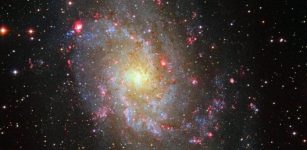 New Dwarf Galaxy Identified By An Amateur Astronomer
No Comments | Nov 18, 2021
New Dwarf Galaxy Identified By An Amateur Astronomer
No Comments | Nov 18, 2021 -
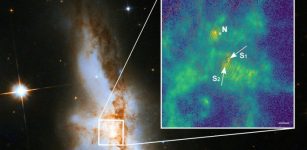 Three Supermassive Black Holes – Each With A Mass Of 90 Million Suns Discovered In Irregular Galaxy NGC 6240
No Comments | Nov 26, 2019
Three Supermassive Black Holes – Each With A Mass Of 90 Million Suns Discovered In Irregular Galaxy NGC 6240
No Comments | Nov 26, 2019 -
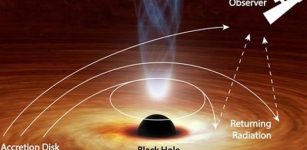 Black Hole Bends Light Back On itself – Study Proves 40-Year-Old Theory
No Comments | Apr 9, 2020
Black Hole Bends Light Back On itself – Study Proves 40-Year-Old Theory
No Comments | Apr 9, 2020 -
 Dunelands Of Titan – NASA’s Cassini Spacecraft Delivers A New Image
No Comments | Nov 2, 2015
Dunelands Of Titan – NASA’s Cassini Spacecraft Delivers A New Image
No Comments | Nov 2, 2015 -
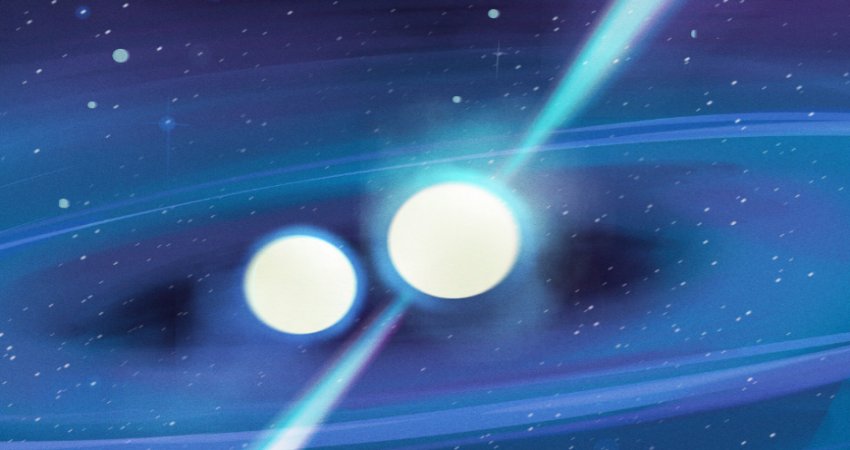 Unusual Pulsar Emitting Focused Radio Waves From Its Magnetic Poles – Discovered
No Comments | Jul 17, 2020
Unusual Pulsar Emitting Focused Radio Waves From Its Magnetic Poles – Discovered
No Comments | Jul 17, 2020 -
 Can Nanotechnology Help Us Create A Perfect Society?
No Comments | Nov 19, 2015
Can Nanotechnology Help Us Create A Perfect Society?
No Comments | Nov 19, 2015 -
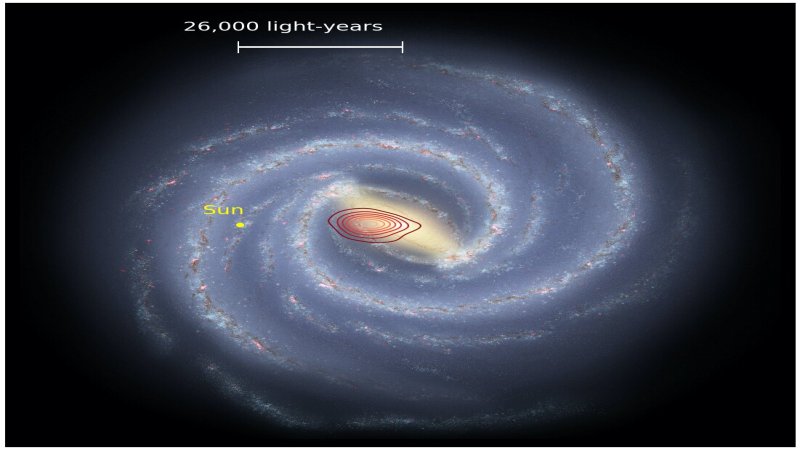 Ancient ‘Fossil Galaxy’ Buried Inside The Milky Way – Found
No Comments | Nov 23, 2020
Ancient ‘Fossil Galaxy’ Buried Inside The Milky Way – Found
No Comments | Nov 23, 2020 -
 Origin Of Life Still Remains A Mystery – New Study Sheds More Light
No Comments | Mar 6, 2020
Origin Of Life Still Remains A Mystery – New Study Sheds More Light
No Comments | Mar 6, 2020 -
 NASA And HAARP Conclude Asteroid Experiment
No Comments | Dec 30, 2022
NASA And HAARP Conclude Asteroid Experiment
No Comments | Dec 30, 2022


